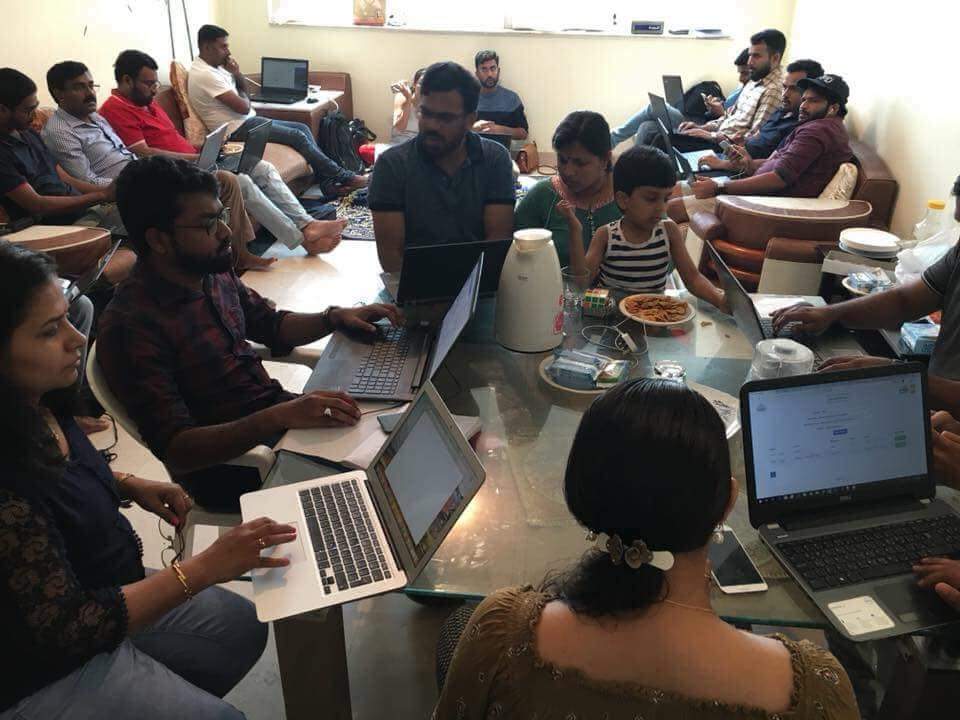Are current user-interfaces encouraging us to consume information mindlessly? Does blocking information help? Can human consciousness be elevated by better interface design for applications? Etc.
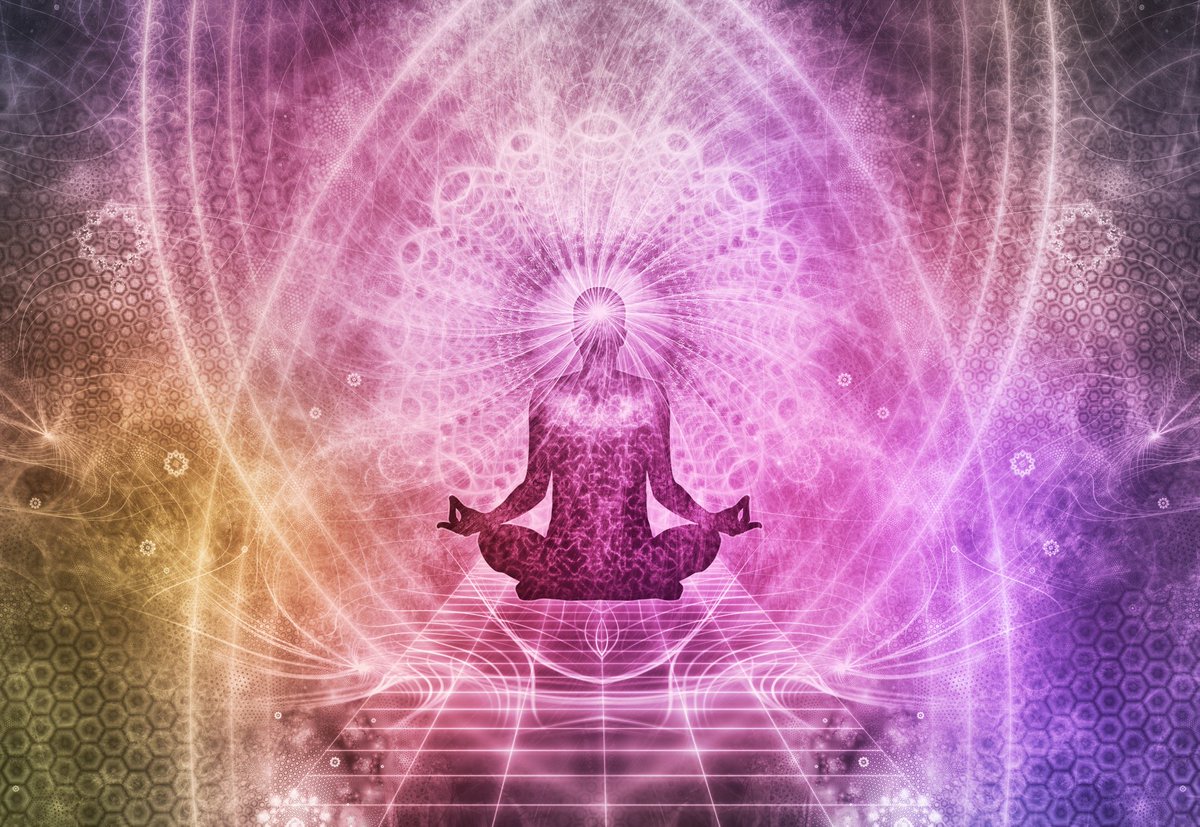
Here is Whiting's information processing model for human cognition in sports etc.
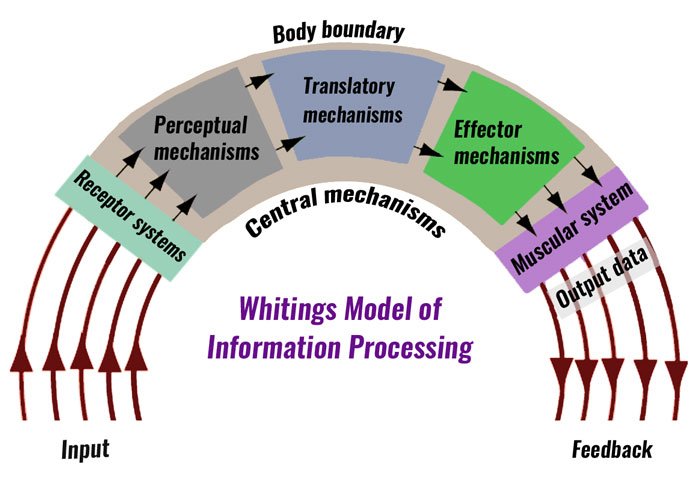
There can be many blocks in the pipeline, but input/output resemble Shannon's original diagram for communication in a channel. What if this is a bad way to look at the process?
Another example is about how a peaceful cognitive state can be maintained in the mind by meditation.
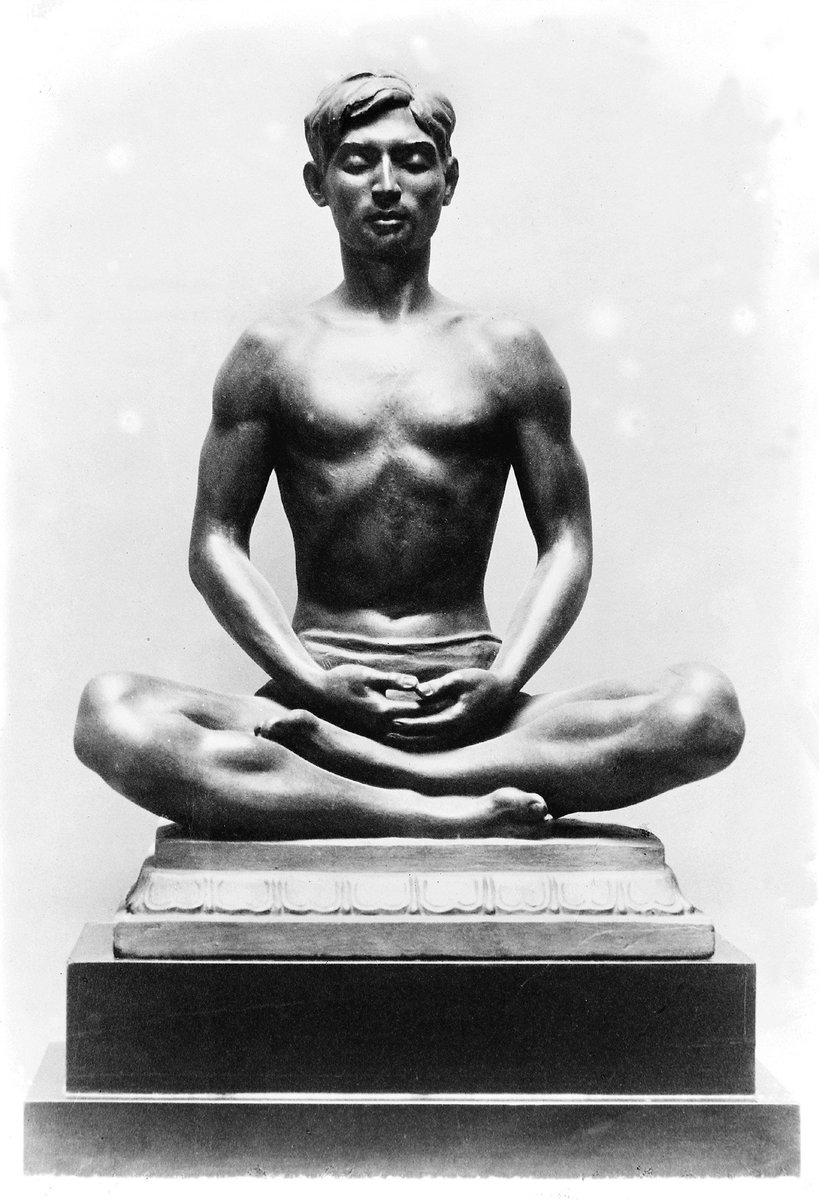
I will discuss the first 3 planes.
It can be argued as follows: the energy that comes in via food goes to 5 different usages/pathways:
1. For digestion and Excretion.
2. For speaking.
3. For acting out in the world by motor organs.
4. For using motor organs to bring new food in.
0. For letting things just be as they are. For maintaining whatever is within the body which is food (for whichever animal) to remain so as food without deteriorating. --> This is homeostasis.
The plane of breath can also be considered to have 5 components. Here, Yogic philosophy gives them clear names.
2. Udana : The breath that enables speaking, by inhaling and exhaling through the mouth . This circulates in the upper part of the body.
Samana:The breath that draws air inwards from all corners. This diffuses entropy: pH, heat etc.
Prana: It circulates in the most essential circuit to keep the body alive: centre of brain, spinal cord, other vital organs.
etc.. which are all possible to some degree by the mastery of breath control.
It is an illusion that most people have that they can make their mind go wherever they want. This absolutely not true. Control of mind is much harder than control of breath.
The 8 limbs of Yoga (ashtanga) of Patanjali's Yoga Sutras help maintain this control by discipline: for eating the right food, for posture, for holding breath, for holding the mind steady.
1. Apana: Information is digested & excreted. The mind creates no new modalities except excreting it in a less usable form (and slowly decaying).
Don't let social media feed your Apana !
sequencewiz.org/2014/09/03/5-v…
The author Olga Kabel wisely disabled her twitter account. But she refers to the book of scholar @davidfrawleyved who is active.
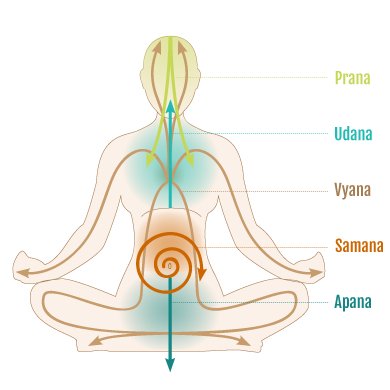
vedanet.com/addiction-and-…
It is more difficult to understand what would be supportive technologies & user-interfaces to amplify Yogic consciousness.
In the Yōgic framework, Prāna is the most essential of all the 5 planes of existence, encompassing even the mind.
Firstly, Apana shouldn't be excessive but has to be integrated with Prāna. Stillness and ecologically rich areas amplify Prāna, which has to flow freely with the universe.
Dēvas feed on Prāna, Asurās (who suffer death) feed on Apana.
Vyāna refers to Vishnu & Samāna to Shiva.
pragyata.com/mag/the-infini…
It will lead to joy of different levels, which is technically the fulfillment of the 7 Chakras located along the spine.
Social media and most apps on "smartphones" fail on these counts.
In Yoga, Apana is controlled by Bandha (blocking) e.g, Mulabandha (contracting pelvic muscles). Meditation is supported by Mudra (posture & finger gesture).
We need a theory of Bandha & Mudra for these UIs.
(END)






